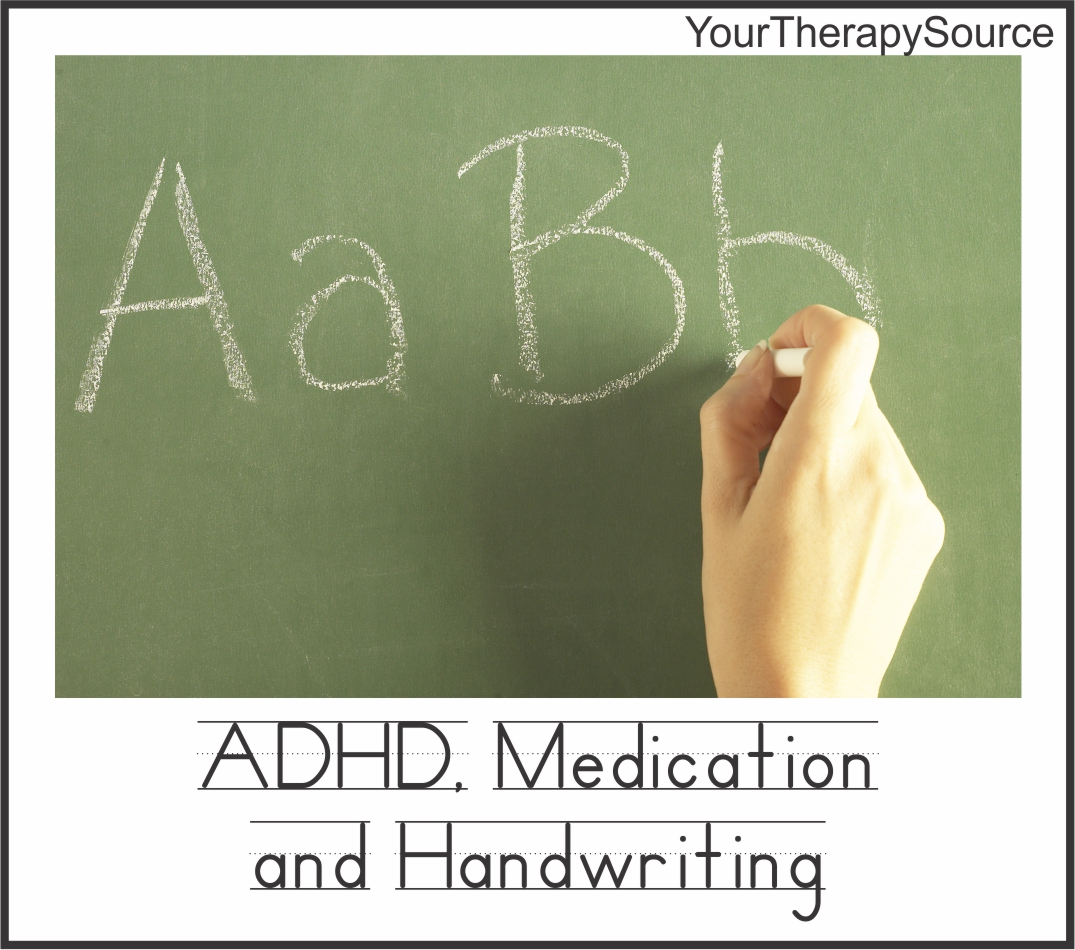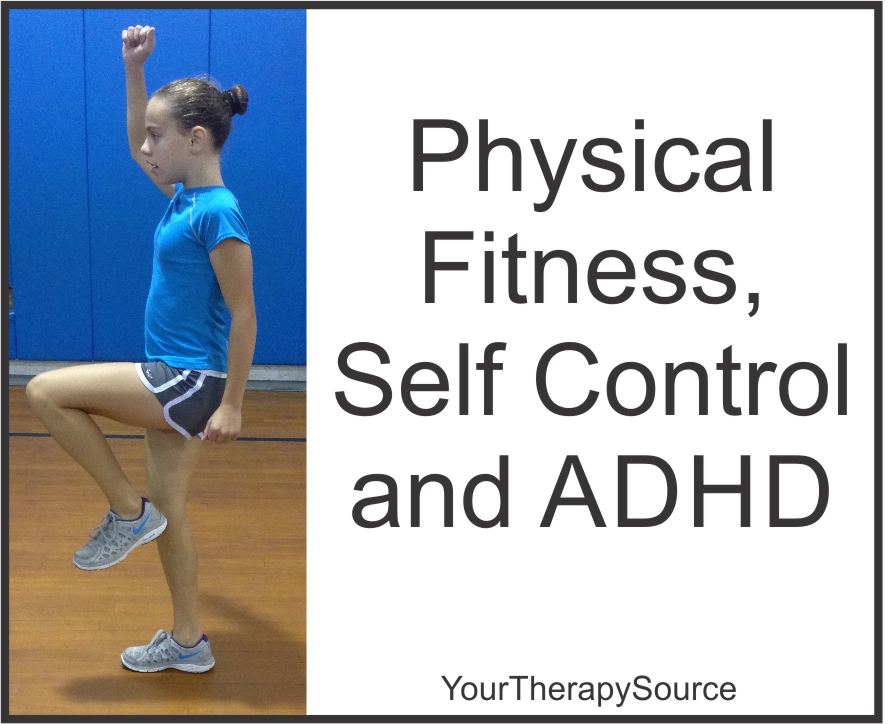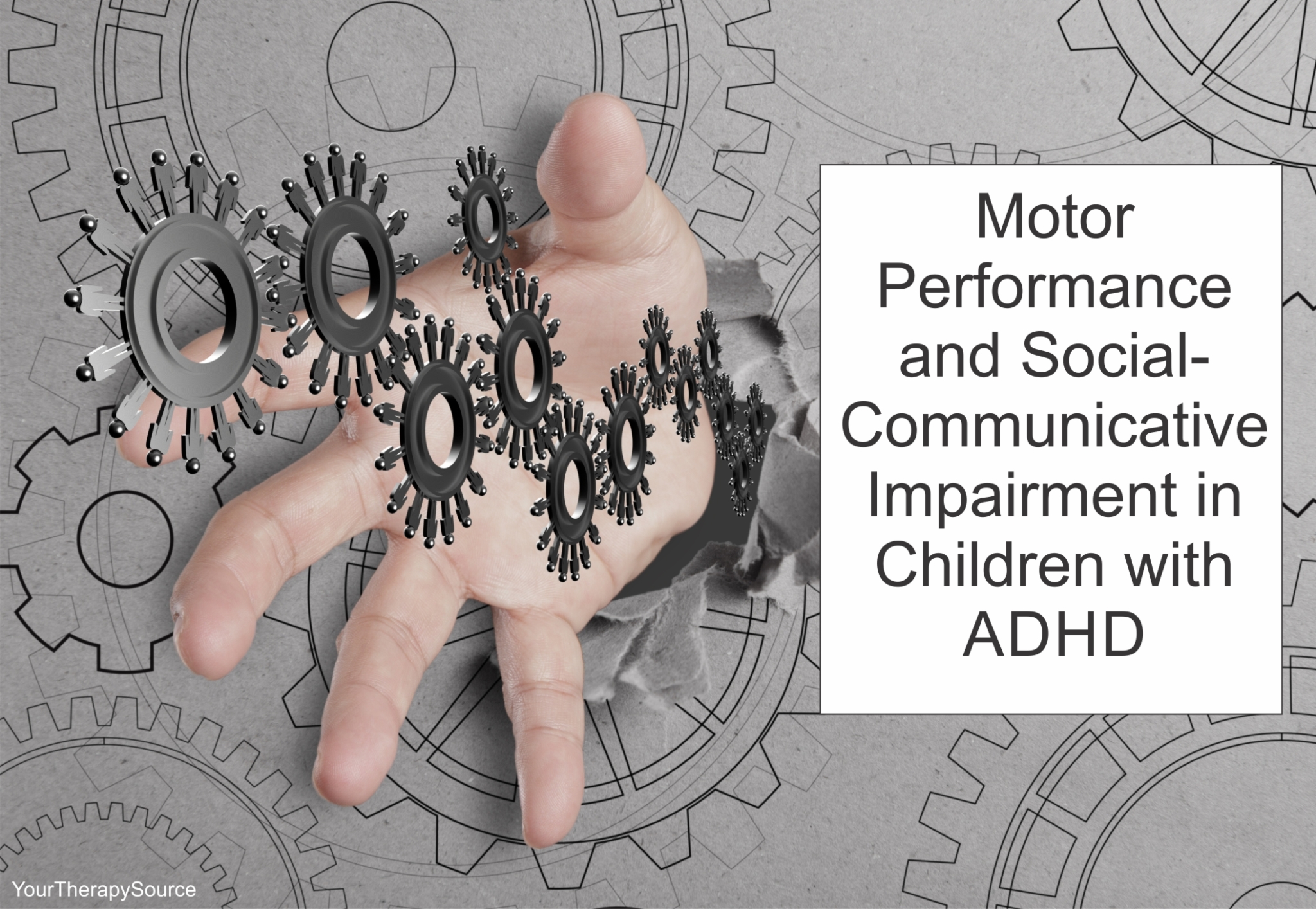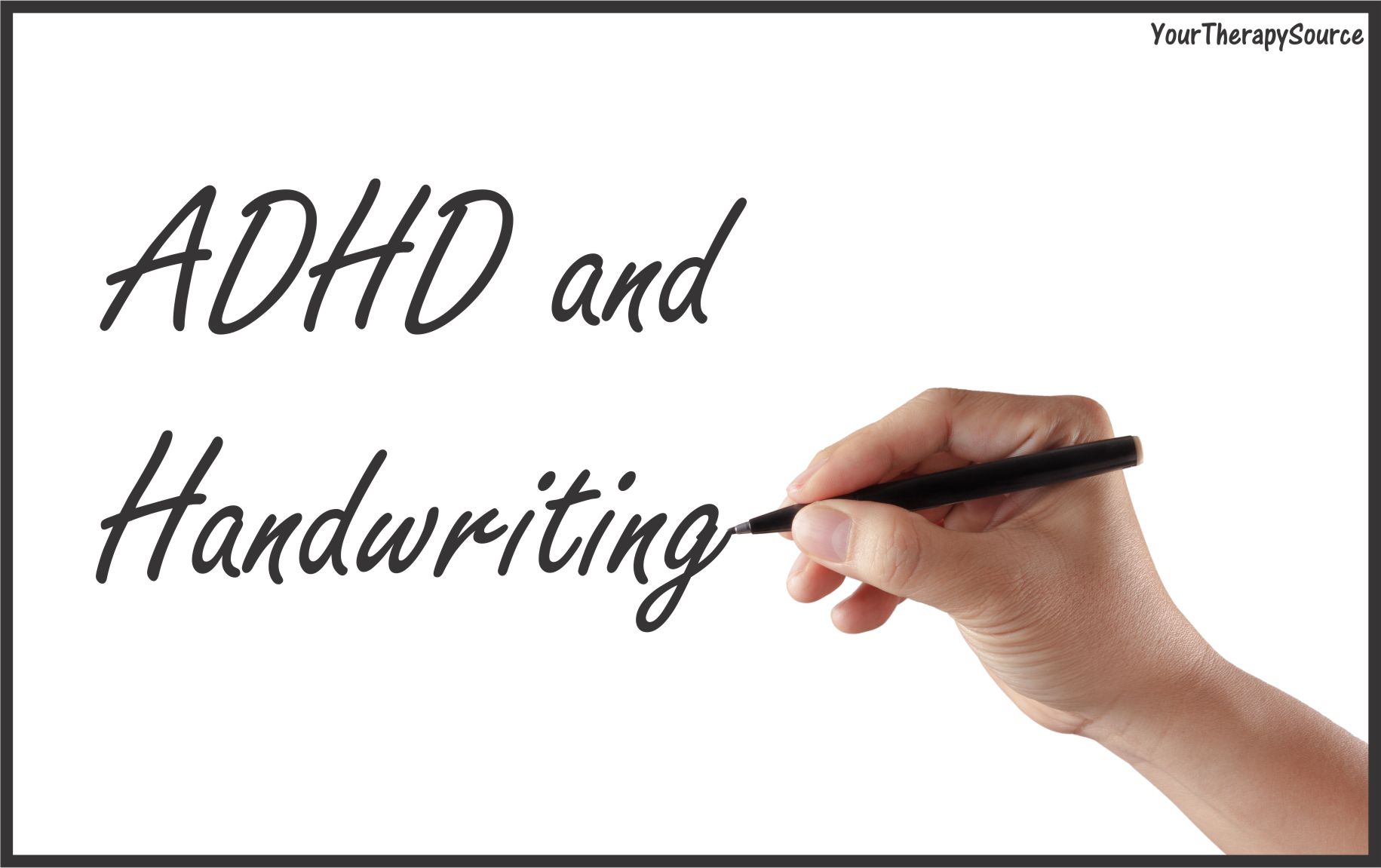ADHD, Medication and Handwriting
Journal of Attention Disorders published research on 49 children newly diagnosed with ADHD to determine how motor and attention skills influence handwriting performance. The children were evaluated for handwriting performance before and after 3 months of stimulant use. The results indicated the following: 1. handwriting legibility and speed improved significantly at follow-up evaluation after the […]






